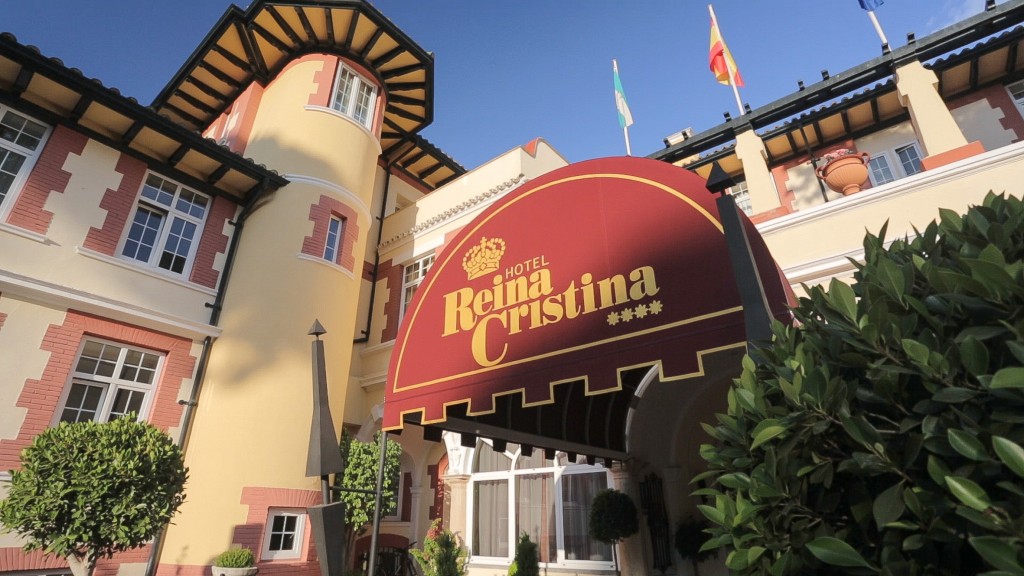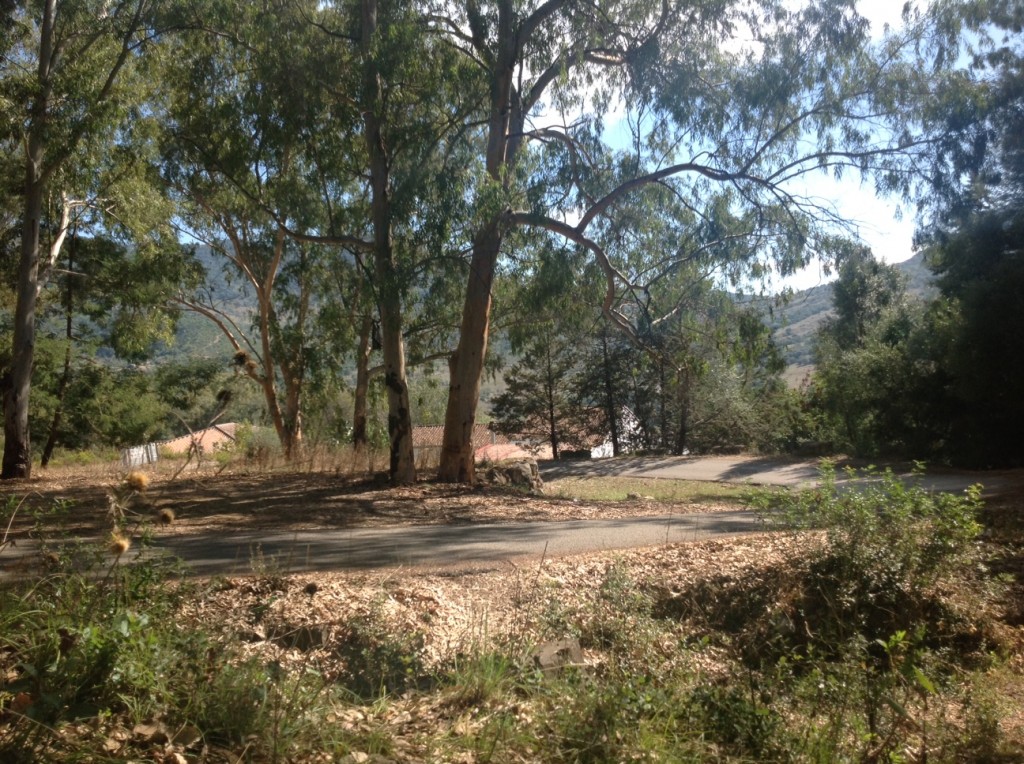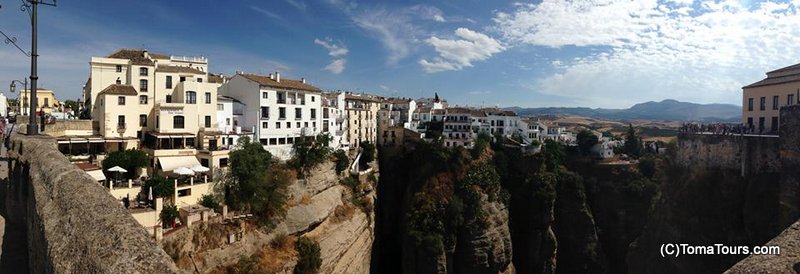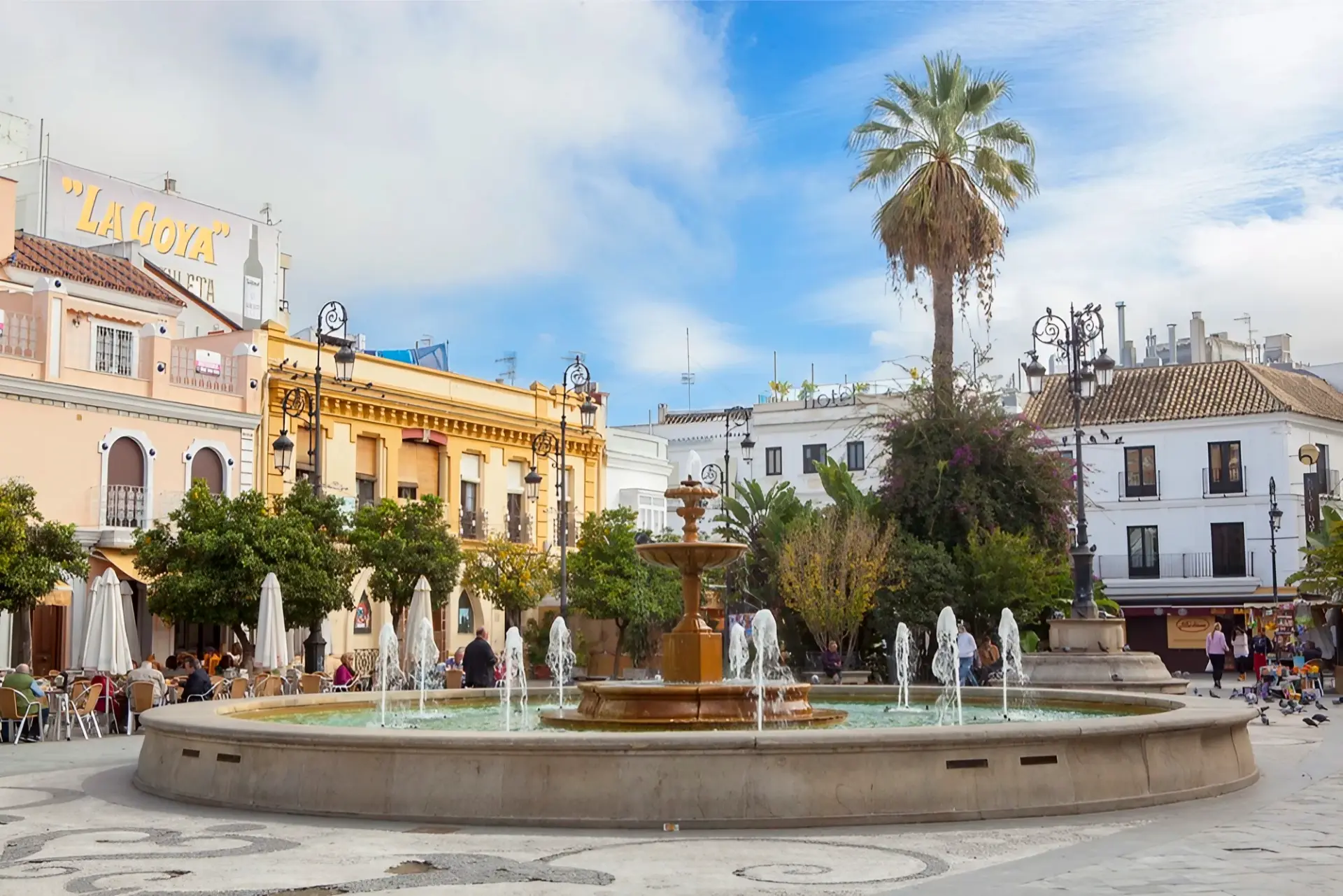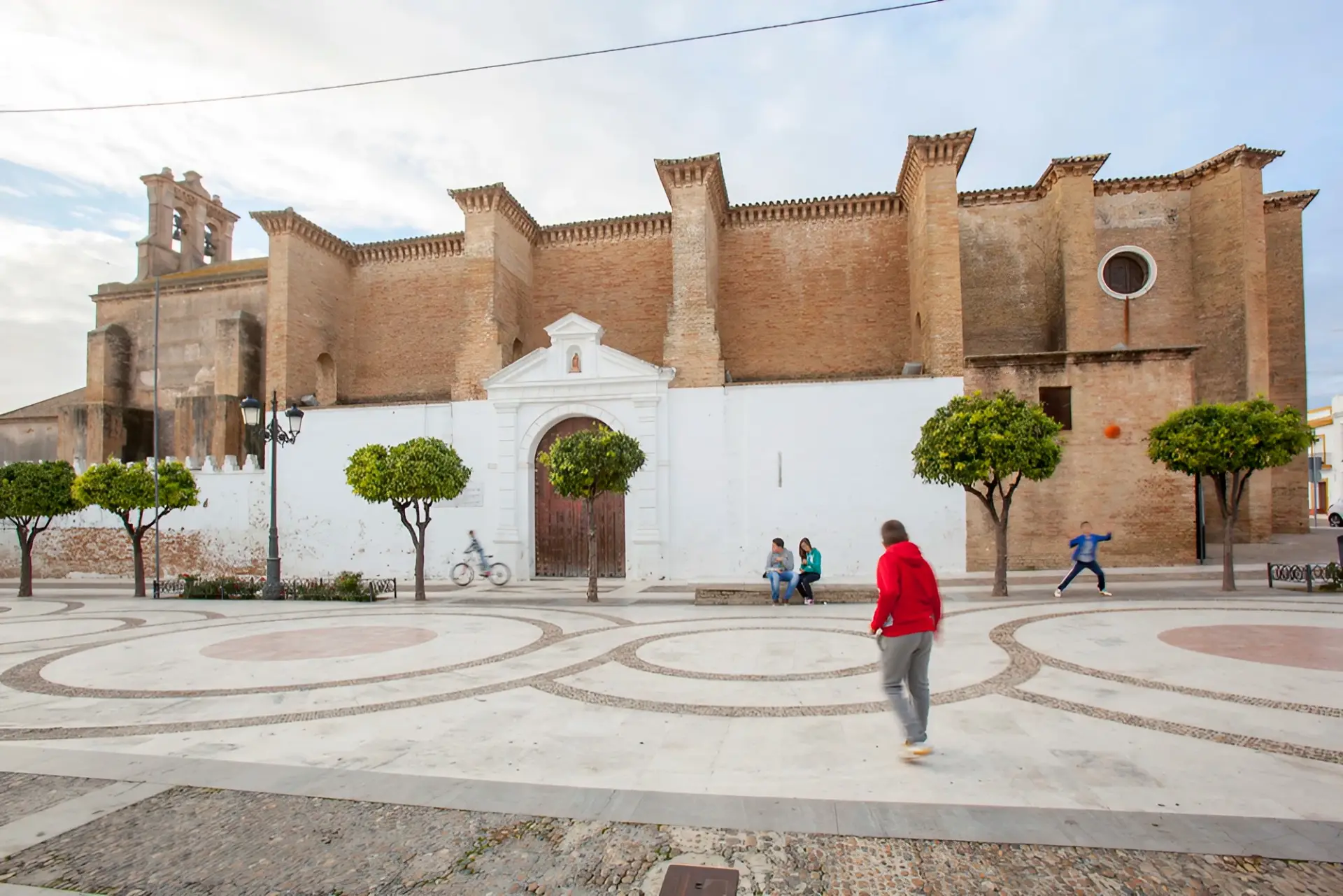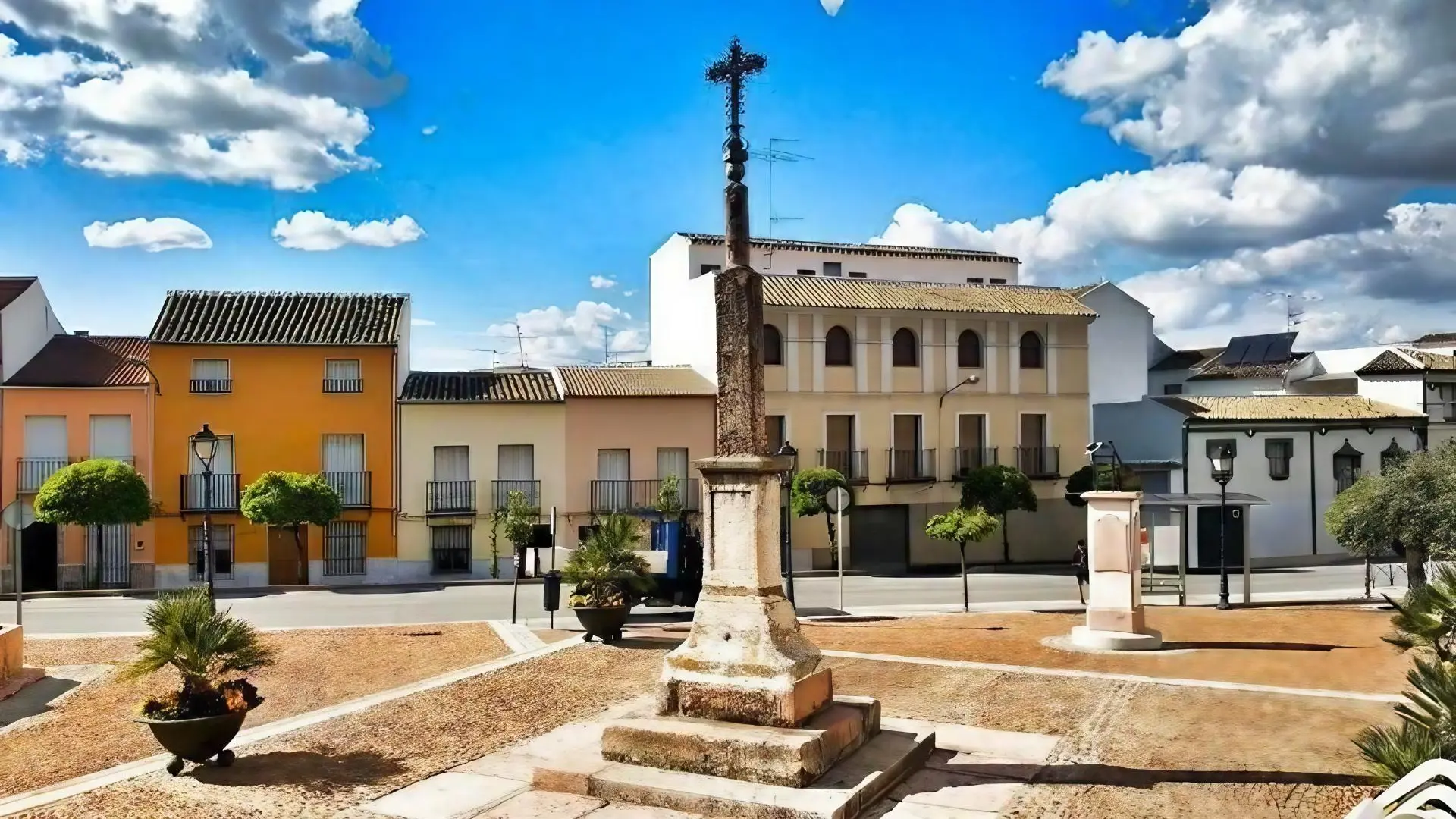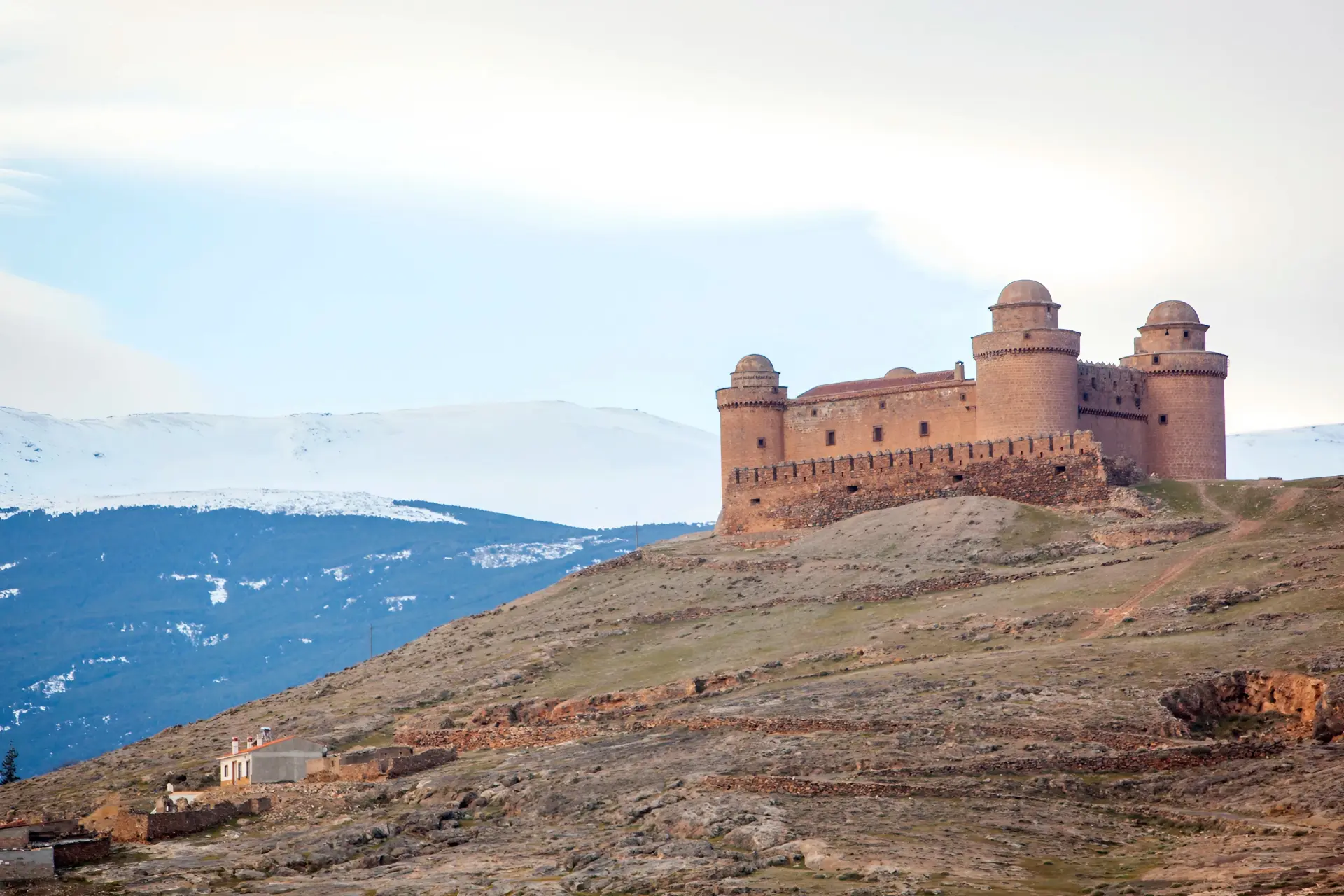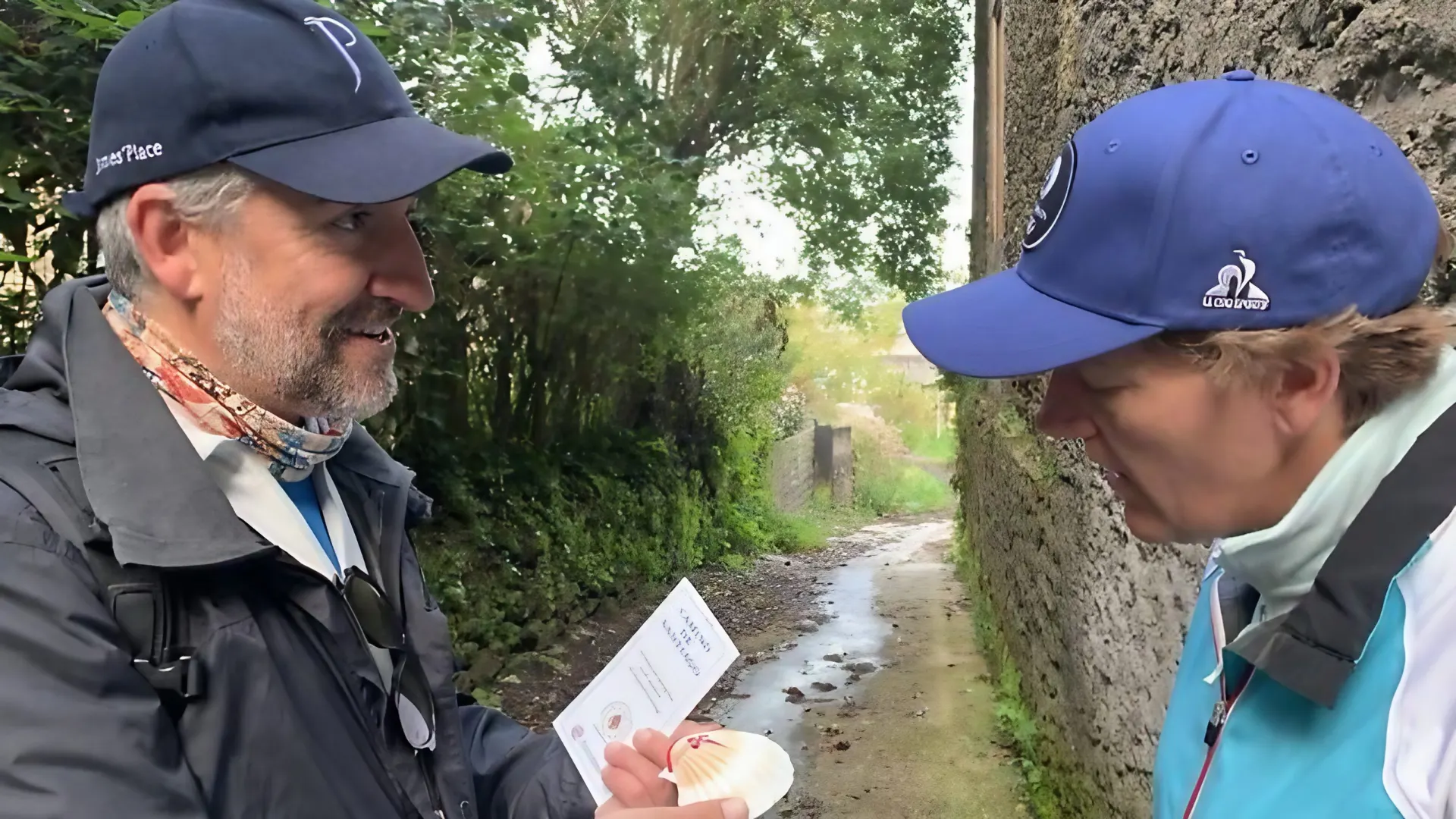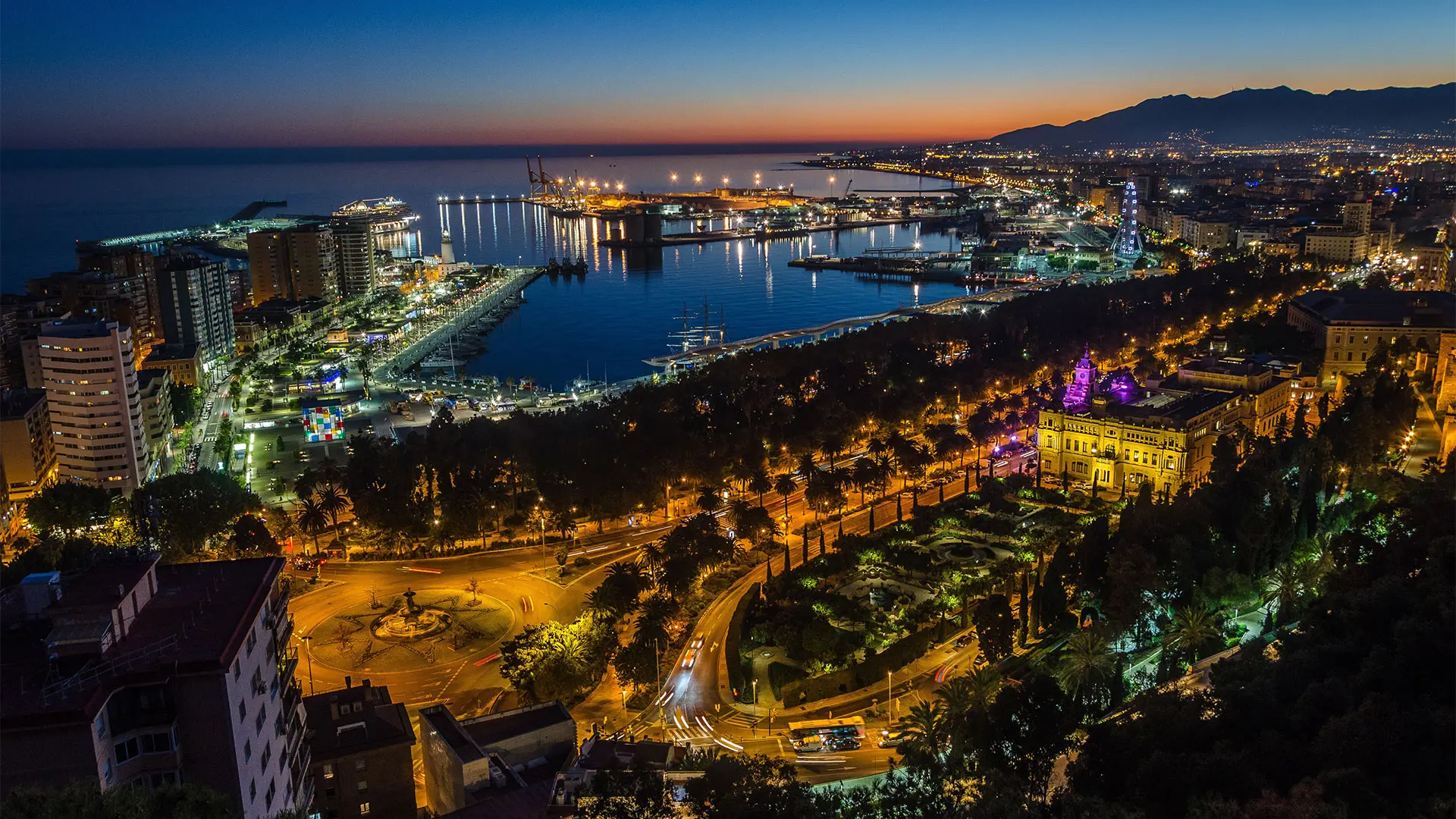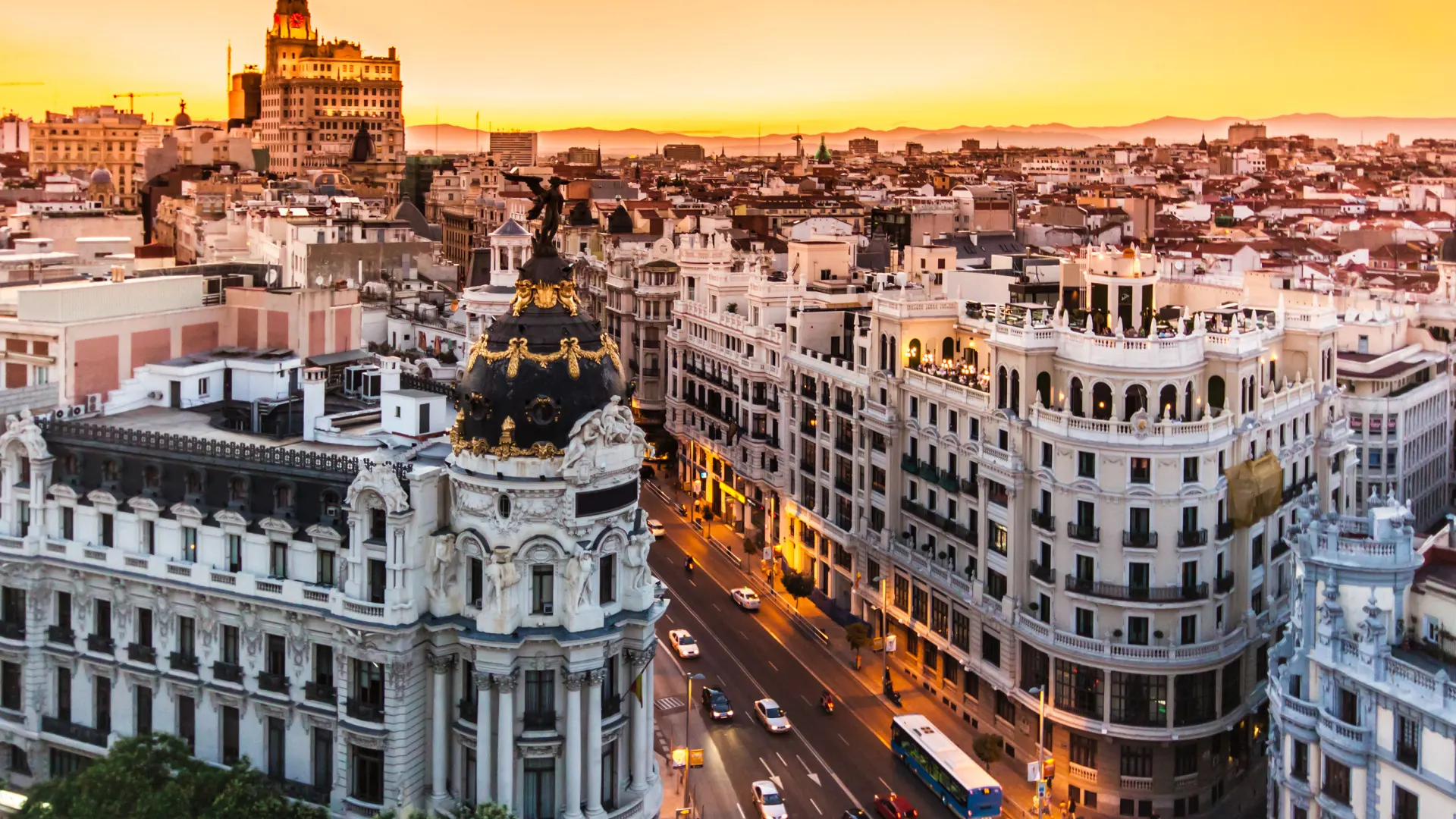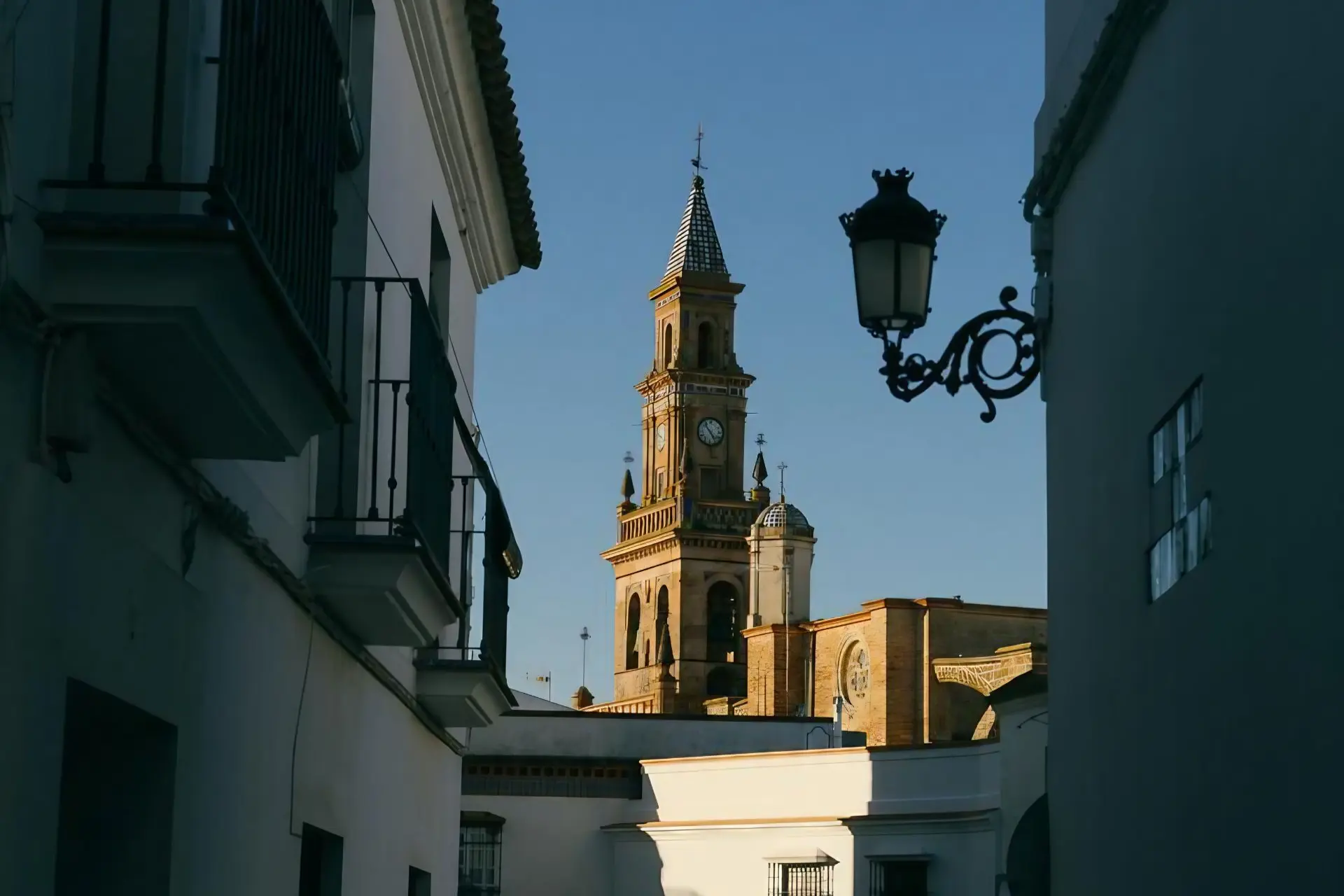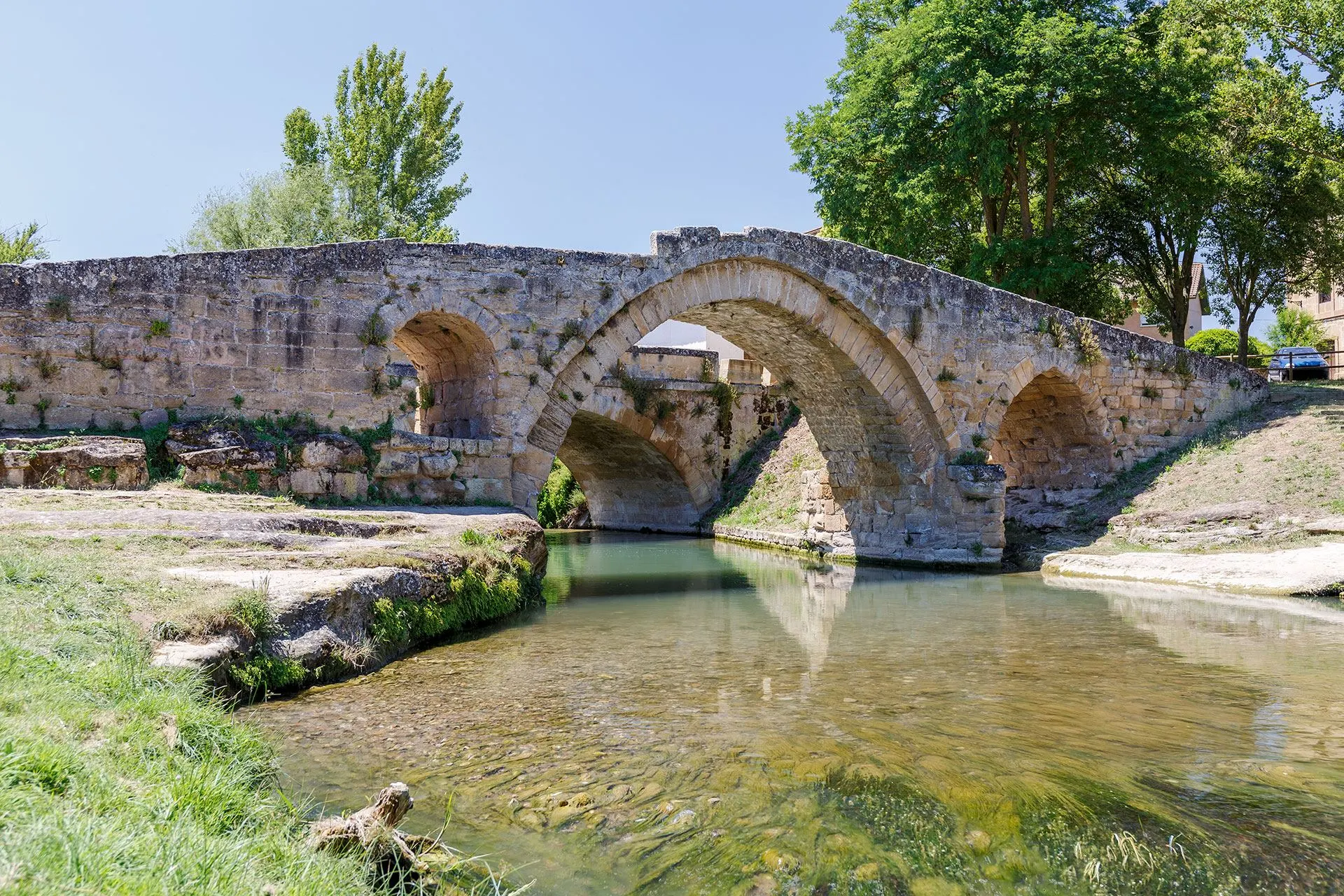Many who love Andalusia will know of Laurie Lee´s travels through the province; It is often his books that inspire people to come and see Spain for themselves. Writer Paul Murphy was certainly inspired, and a few months ago he met up with Manni in Ronda to talk about his new book, “As I walked out in search of Laurie Lee´s Spain” due to be published in 2014 to coincide with Laurie Lee’s 2014 Centenary celebrations.
The two quickly struck up a friendship, talking about Laurie Lee´s journey through Spain and the history of this land he loved so much.
Paul is writing the book about his journey down through Spain in the summer of 2012, following in the footsteps of his literary hero, Laurie Lee. He returned to Andalusia this autumn to complete his research where he learnt of Mr Henderson´s Railway, and the following week decided to take a trip along the route himself.
Paul has kindly sent us a guest blog post, a heartfelt account of his trip on the railway that Toma Tours is very proud to publish on our website. It is a beautiful piece written by a debut artist that we are sure will be the talk of many towns.
Paul, it has been a pleasure to meet you. May this be the first marker along a long road of shared memories.
Mr Henderson’s Railway
Featuring: An English Lord, Two Queens and a Spanish Train Travelling Between a Rock and a Hard Place.
October 2013
Quite by chance I stumble across a piece of English history. I am in Algeciras in Southern Spain, a smuggling town at the tip of Europe, looking across to Africa. The Rock of Gibraltar is casting its long shadow over the town.
I have come here looking for Laurie Lee, the English author, a national treasure, celebrated for his childhood memoir Cider With Rosie and a subsequent sublime rite-of-passage travel classic, As I Walked Out One Midsummer Morning – a tale of his walk down through Spain on the eve of the Spanish Civil War in 1935, from Vigo on the Atlantic Coast down to Malaga on the Mediterranean Coast, a total of 600 miles.
I had walked out myself last year to retrace his journey, following in his footsteps in search of the spirit of the man, hoping a bit of his magic would rub off on me. I am writing the story of my journey.
Lee had loved Algeciras, it was a frontier town in the 1930s, a place that winked at you with its one good eye, possessing all the charm of a Picaro; a Spanish Oliver Twist. He stayed here for a while and slipped under its skin – busking, chancing his arm and learning the craft of the streetwise. He came back as a married man on his honeymoon in the 1950s and fell in love with the town all over again. This time around he discovered the town’s glorious hinterland, the Alcornocales Nature Park.
In the event, on this occasion, I find myself on Mr Henderson’s trail, rather than Laurie Lee’s. To be more precise I find Mr Henderson’s legacy, his snaking railway line buttressed at both ends by two classic railway hotels. Mr Henderson was a Scottish railway pioneer whose vision and entrepreneurship was recognized by the Spanish Government, he would go on to become a leading figure in the British Railway success story of the 20th Century.
I am staying at hostels on my journey, like Lee did when he wasn’t sleeping rough, or earning his supper at the local brothel, playing his fiddle well into the night, but I have to sneak a look inside the stylish Reina Cristina hotel overlooking the British Rock. It was Mr Henderson’s first hotel, an iconic local landmark when it was built at the end of the 19th century. A twin hotel, Reina Victoria, was later built in Ronda. Its glory is now rather faded, but its story still resonates with the events of the tumultuous first half of the 20th century. On entering the hotel I am met by a wall of black and white photos of eminent visitors: Federico Garcia Lorca, the Spanish poet who so influenced Lee’s writing, who was executed by Franco’s troops in 1936; Franco’s wife; a young Winston Churchill.
Mr Henderson, later to be Baron Faringdon, built the railway and the sister hotels partly to enable the British occupying forces in Gibraltar to escape the heat of the coast by transferring to the cooler air of the hills, and partly to open up the coastal hinterland by connecting it to the coast, thus increasing trade and denying the hill-based Bandoleros, the bandits, the isolation in which they thrived.
I decided to take the train and travel the route created by this pioneer.
Laurie Lee had crossed to Morocco from Algeciras in 1936. It just so happened that this was the very same time that Franco and his fellow plotters were meeting secretly in Morocco to plan the 1936 coup that begun the Spanish civil war later that year. Lee knew nothing of this, but the dated stamp in his passport almost led to his execution as a spy two years later when he joined up with the International Brigade to fight Franco’s troops. His interrogators were unhappy at the coincidence of dates. He survived, however, and returned to Algeciras years later on his honeymoon and recorded a day spent lazing in the Alcornocales. He wrote about it in his book A Rose For Winter:
“It was a different country there from the dusty coast; a wooded valley, green and fresh, with grass and flowers among rocks and a mountain stream running cool…birds flashed through the cork trees like motes before the eye….Then at last, in a blue dusk, we left the valley and walked back to the town. A curved moon, like a quartered orange, hung low over Morocco, and the wide sky filled with big bright stars.”
Setting off
We slip out of the station with the Rock of Gibraltar sliding by.
We stop at San Roque-La Linea, a small quiet station. In the languid heat of the October afternoon, it feels like an English summer’s day, the familiar words of Edward Thomas, the poet, come to me;
“Yes. I remember Adlestrop—
The name, because one afternoon
Of heat the express-train drew up there
Unwontedly. It was late June.
The steam hissed. Someone cleared his throat.
No one left and no one came
On the bare platform. What I saw
Was Adlestrop—only the name”
We steadily climb up into the hills where white villages cling to the hillsides. From the bare urban surroundings of the port we are swallowed up and enveloped in a green cooling canopy. I realise that I have been here before, staying in one of those white villages and then taking this train to Granada. That was only a decade ago, but it seems more distant. I was with my wife and even though she did not leave me for seven more years, the first signs of the marriage’s derailment surfaced here, alongside the single track railway line, which is now carrying me high up into the hills. Lee visited these hills and wrote about looking down from here on Europe and Africa and the Straits of Gibraltar.
We stop at at Jimena de la Frontera. Green wooded hills surround the station platform – the same platform from which my wife Elizabeth and I had boarded the train that time. The shimmering hills in the distance bring to mind a classic Hemingway short story – Hills like White Elephants – which is set in rural Spain. It is the story of a man and a woman waiting for a train at a small rail station request stop halfway between Barcelona and Madrid, deep in the Ebro valley. Nothing much happens as the two of them talk around an unnamed subject. It becomes clear that the issue is one of life or death, whether or not the woman should abort the baby that they have conceived. She looks at the hills in the distance, compares them to white elephants and wonders if anything will ever be the same again. He just wants to catch his train and move on.
I think of Elizabeth who, like Lee, is out there somewhere, just out of reach, walking across the railway line and away into the distance – and of how I can’t catch up with either of them. The lemons on the trees are within reach by the station platform, they look ripe, but I don’t need to try them to feel the sad taste of bitterness already on my tongue.
San Pablo, the next stop, is announced, it’s a request stop only. We pass slowly through the station which has a neat shaded restaurant terrace and red carnations growing up the sides of the black iron railings. There is a wood fire alight in the station, the smoke curls up and drifts on the air, leaving woody hints of encina, chaparro y naranjo – young oak, older oak and orange zest. It is a fine clear day, no hint of the fiery Levante wind from the east, or the cooler Poniente wind from the west and the Barba de Levante, the Levante Beard, the haar off the sea that clings to the hills, has stayed away today.
Orange trees, almond groves and fields flecked with white cotton buds line our route as the railway follows the river valley. There used to be bandits in the hills and in 1952 Lee had an armed escort as his horse-drawn stagecoach took him and his new bride to Seville.
Many people walk the railway route now and lots of the small station buildings have a second life as restaurants and small hotels – slow tourism at its best.
Time Out
I alight at Gaucin. I will complete the journey to Ronda later today, but I want to spend an afternoon in this quiet corner of tranquillity. I need time and space to find the right words to write the book of my journey. I sip a cold draught beer in the small bar next to the station. The local men are in for their pre-lunch drink and the mature lady owner, serving up the drinks, swats away the men’s coarse but humorous comments just like the flies hovering over the tapas of squid, kidneys and pork marinated in sweet Málaga Virgen wine. Occasionally and without warning she breaks into song.
I climb up into the wooded hills seeking shade from the hot October sun, there is just enough of a covering from the turning leaves to provide some relief. Much as Lee did that winter afternoon back on his 1952 honeymoon, I doze away the afternoon, interrupted only by the trees above spitting out occasional acorns into the undergrowth beside me.
Lee ended his original 1930s walk in Almunecar, a town along the coast from here and holed up there for the winter and spring and sleep-walked into the start of a civil war. As the acorns thud onto the ground around me I am conscious that this valley would not have been so peaceful back in 1936 when Franco’s National rebel troops were seeking to overthrow the supporters of the elected Republican democratic government in this part of Andalusia. I had passed a plaque by the side of a road across the valley a few days ago. It commemorated the reprisal execution of a Republican family back in 1936 and I have no doubt that there are mass war graves dotted around the area, known to the locals but untouched for over 70 years.
I rejoin the train and am waved off by the station master who has his own office, four trains up a day, four down and a level crossing to look after. He has the look of Mr Perks, from Edith Nesbit’s classic book and film, The Railway Children, about him. No children waving red petticoats though, as we plunge through the dark. Tunnels come thick and fast with deep gorges in between with fast flowing emerald green waters. Toy houses, dropped into a ravine far below, flash past, hugging close Irish -green postage stamp gardens.
The countryside is opening up now into wide plains, bandit country, the hills farther away now, solitary hunched trees hanging on as slopes soar skywards. I want to come back and walk this route sometime, the ever-changing landscape is unable to keep pace with the train and I cannot take it all in.
It is mid October, five o’clock in the afternoon and it is still 30 degrees outside, enticing green pools of ice-cold mountain stream water trickle into view.
Journey’s End
I have to end my journey at Ronda, a town that clings to the top of a steep gorge. I make a last call at the Reina Victoria hotel, where I sit on the terrace and look back along the valley as the sun sets over the sierra ridge. I walk across the bridge over the gorge and look over to the valley below; it is a sheer drop to the river. Over the centuries, heretics, adulterers, traitors, and people in the wrong place at the wrong time, have been thrown to their death from here – or worse, invited at gunpoint to jump off.
Neither of these things happen as I make it to the other end of the bridge.
I had been told that Michael Portillo, former Conservative cabinet member of the British government, now a much-loved BBC broadcaster, had also recently discovered the forgotten delights of Mr Henderson’s Ronda to Algeciras branch line. Portillo – the son of a Spanish Republican who fought against Franco and went into exile in Britain and whose uncle fought for Franco and died in the civil war – famously had a very public meltdown and was removed in humiliating fashion from office at the 1997 election. This marked the end of his first life and career. He has moved on to a very successful second life.
As I contemplate the transition from my own first life to a second, I wonder if Mr Portillo had a sense of a previous life flashing by as he, no doubt, peered over the edge of the Ronda gorge before stepping onto the train.
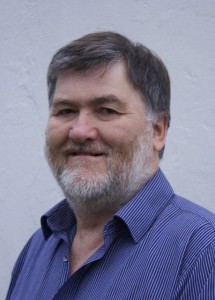
TO RECEIVE UPDATES ON PAUL’S BOOK As I Walked Out Through Spain in Search of Laurie Lee , SIGN UP AT WWW.THELITTLESUMMEROFTHEQUINCE.WORDPRESS.COM.

